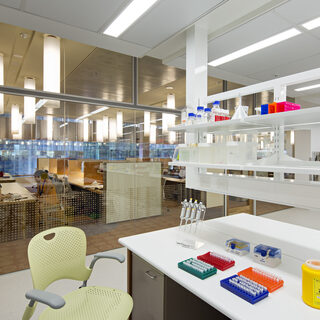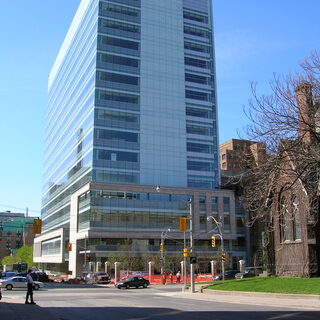Dartmouth College Builds Williamson Translational Research Building
Dartmouth College is building the $116.5 million Williamson Translational Research Building in Lebanon, N.H. Located on the campus of Dartmouth-Hitchcock Medical Center, the six-story, 165,000-sf facility will provide collaborative research space for the Geisel School of Medicine. The project will house advanced research laboratories, the Dartmouth Institute for Health Policy & Clinical Practice, and a pathology lab. The Dartmouth SYNERGY program will also be headquartered in the building.





